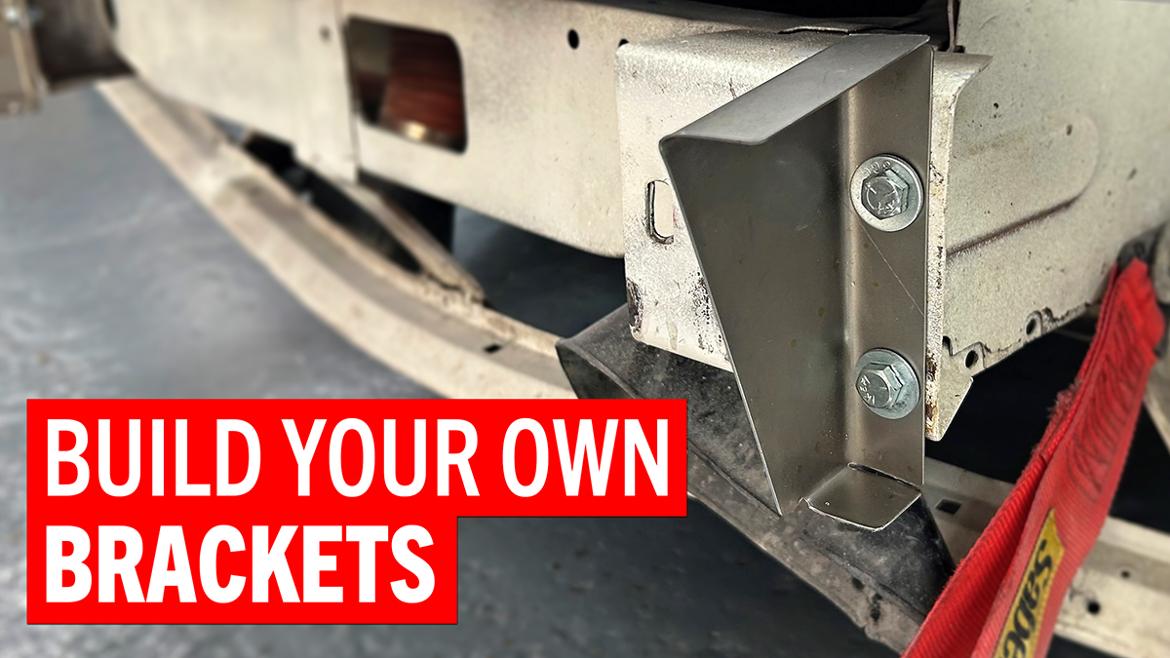
[Editor's note: This article origially appeared in the March 2015 issue of Classic Motorsports. Prices have been updated to 2022 values.]
Every car sold back in the day is money in the bank, right? Not so quick.
We grabbed Road & Track’s 1970 buyers guide and looked at the prices, comparing their “as tested“ prices to today’s average values as …
Read the rest of the story
Sorry, but some of these updated values are nowhere close to reality. A Mangusta for $75,000?
A Silver Shadow for $8,700? And what condition are we talking about? The prices on the left are for brand new cars. Are the prices on the right also for #1 or fully restored examples?

Yes, not really a good comparison as how many of us have purchased any of these cars new and still have them? More realistic is whether the current values of these cars are going up or down. Couple of examples. Triumph GT6 is listed as going "down" in value and the current value is at $12,500. According to Hagerty, the values are much higher (from $43,200 on the high end to $6500 on the low end). The average condition car was valued at $12,500 so I guess that is where the value is taken for the article.
But the article is titled "Are all classics an investment". Of course the answer is no, but many are, just depends on how you buy and sell them. I purchased an excellent restored GT6 last year, enjoyed it for the summer and did some minor maintenance on it and had the car repainted. I sold the car at the end of the year for a reasonable profit. Same with a restored Spitfire that had a full restoration but had been sitting for several years, needed lots of maintenance on the brakes, tires, exhaust, but the car was beautiful and also was sold for a good profit after enjoying it for a while. My current garage has a TR8, two Lancia Scorpions, a Citroen SM, two 914's and a GT6 restoration project. All need some level of restoration but all were purchased well under the market prices for their condition, so I will say they all are a good investment, since I can do 90% of my own work.
To further say why the math is not relevant, look at the GT6 example.
A brand new GT6+ was $3,380 in 1970, which the article says translates to $25,813 in todays dollars. Yet they list the current value at $12,500.
A brand new 1970 GT6+ would be a concours example today, which Hagerty lists at $43,200. So in theory, if you purchased a new Triumph GT6+, had it sitting in a environmentally controlled environment for 52 years, you would have a profit of $17,387 today. Good luck finding one 
A more realistic version of this would be what classic cars are appreciating so if you buy one in average condition, you do some work on it and not lose money in the process. Basket cases are almost always money losing propositions, but there are many solid cars that you can purchase, maintain and enjoy and get most of your money back when you are ready to try something new.
Much of it has to do with the current cost of maintenance, and the best example of that in this list is the Rolls Royce. Driven well and maintained well they are great cars, but having a deferred maintenance plan by an owner who wasn't prepared for those costs will lead to a rapid depreciation in the value as costly needed repairs mount up. A six figure car costs five figure maintenance no matter what it is worth today, and if it's low production add a multiple for low production parts. Higher production cars - ala MG, Triumph, Austin mini, etc. have huge aftermarket supply chains that keep the cost of maintenance relatively low.
This is an interesting comparison, but as noted, few of us hold from new and the few examples I've seen of squirreled-away-from-new cars haven't beaten inflation. Worse, the owners never got to enjoy them!
IMO the depreciation during period of ownership from new to the point where cars are just old reflects that even nice cars are basically appliances with some utility value. Other than serious unicorns it's inevitable. In the very long run, few collectible cars hold value, let alone appreciate ahead of inflation, since the collector value is tied to how many collectors are alive and have money to buy. In the middle, sharp operators can do very well trading.
Personally, I hope not to lose too much while enjoying the heck out of the cars I own.
I know it sounds abrupt but I have two words for the article's point:
Who cares?
In my opinion the whole premise is wrong.
Most people need transportation of some sort. Job, shopping, appointments, vacations, etc.
Starting from that point, then you can add or subtract a "normal car and it's costs as a base line against the car you selected.
But as others have said, Who cares? Or less hostile. What is the value of enjoyment or pleasure?
In reply to Richard Richer :
Plus the owners skills and willingness means labor can be a labor of love or something done at a dealership/ specialist shop at many times labor rates.
Alfa Romeo did not import cars into the USA in 1970.






























